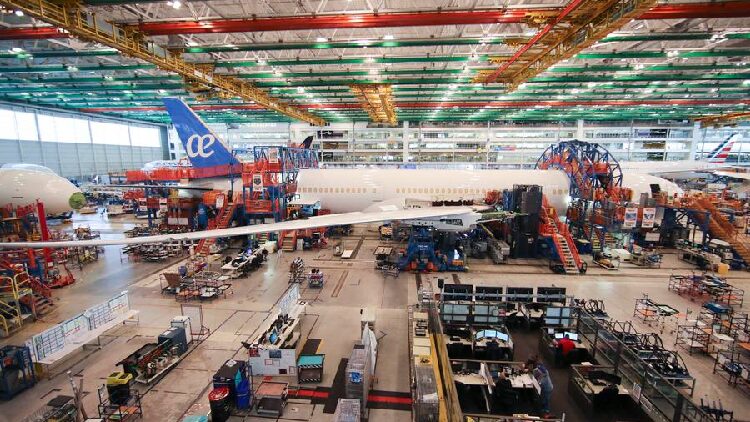Ever since the slogan “Make America Great Again” became popular, a big question has emerged: Can the United States revive its manufacturing industry? With the introduction of tariffs aimed at boosting domestic production, many hoped to bring manufacturing jobs back to American soil. But is it really that simple? Tariffs were supposed to rejuvenate U.S. factories, but experts argue they often backfire, leading to higher costs for businesses and consumers alike. Instead of fostering growth, they can cause prices to rise and markets to fluctuate, making it harder for the economy to thrive. Reviving manufacturing in the U.S. isn’t just about policies; it’s about addressing deep-rooted challenges. For starters, labor costs are significantly higher in America. Unionized workers earn fair wages and benefits, which increase production costs. For example, workers at major auto companies might earn around $66 an hour when benefits are included. Environmental regulations also pose significant expenses. Complying with emission standards and safety protocols requires substantial investment. Steel companies, for instance, might spend over a million dollars just to meet these requirements, not to mention ongoing maintenance and staffing costs. Another hurdle is the complex supply chain network. For decades, the global economy has operated on a “just in time” model, where parts and products are shipped worldwide efficiently. Restructuring this system to rely more on domestic suppliers would be a massive and costly undertaking. Manufacturing also comes with many built-in expenses, from real estate and utilities to taxes and interest rates. A study placed the U.S. in the lower half of countries for cost-effectiveness in manufacturing. There’s also the question of manpower. With unemployment rates relatively low, are there enough people willing to fill manufacturing jobs? And is the younger generation interested in factory work, or are they looking toward other industries? Ultimately, making American manufacturing “great again” isn’t just about bringing back factories; it’s about overhauling how business is done, how the government and corporations collaborate, and how workers are valued. It’s a complex challenge with no easy answers. The idea of a manufacturing revival is appealing, but it requires bold moves and significant changes. Whether the U.S. is ready to take on this challenge remains to be seen.
Reference(s):
cgtn.com








